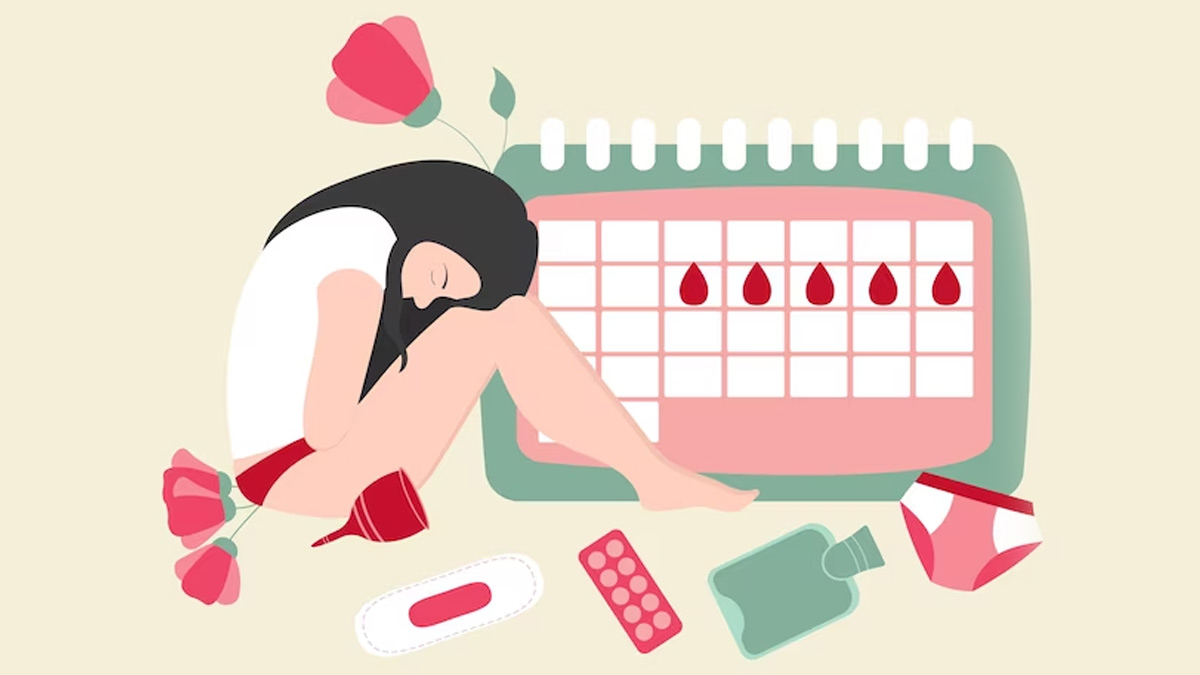
Menstrual hygiene management is a fundamental aspect of women's health and well-being. Yet, in low-income settings around the world, millions of women and girls face significant challenges in maintaining proper menstrual hygiene. The lack of access to menstrual products, adequate sanitation facilities, and comprehensive information exacerbates the issue, leading to adverse consequences on their health, education, and social well-being. In this article, we delve into the challenges faced by women and girls in low-income settings concerning menstrual hygiene and explore potential solutions to address this critical issue.
Table of Content:-
According to a study published in NCBI, approximately 70% of menstruators are uninformed about menstruation until they encounter it firsthand. “Those from economically disadvantaged backgrounds are particularly susceptible to misconceptions, stigmas, and falsehoods surrounding this natural process. Moreover, many families do not allocate funds for menstrual products in their monthly budgets. As a result, menstruators may resort to makeshift solutions like old rags, hay, or dried leaves. This lack of access to proper menstrual hygiene products, combined with insufficient awareness, exposes these menstruators to significant health hazards”. Says Dr. Aarushi Kehar Malhotra, Sr. Manager Research Advocacy and Wellness on behalf Sirona Pvt hygiene Ltd.
Challenges in Menstrual Hygiene Management
Dr Malhotra lists out some of the major challenges that women in low-income settings experience.
Also Read: The Impact of Menstrual Taboos on Women's Health and Wellbeing
Limited Access to Menstrual Products
In low-income settings, menstrual products such as sanitary pads or even cloth pads are often unaffordable or unavailable. Consequently, many women resort to using unhygienic materials like rags,putting their health at risk and compromising their comfort during menstruation.

Inadequate Sanitation Facilities
Access to clean and private sanitation facilities is another major obstacle. Many public restrooms lack proper disposal mechanisms for menstrual waste, making it difficult for women to manage their periods discreetly and hygienically. This lack of facilities often leads to embarrassing situations, discouraging women from attending school or work during menstruation.
Stigmatization and Taboos
In several cultures, menstruation is still surrounded by stigma and taboos. Women and girls are often made to feel ashamed or impure during their periods, leading to the exclusion and marginalisation of menstruating individuals. This stigma further hinders open discussions about menstrual hygiene and the implementation of effective interventions.
Also Read: How Menstrual Symptoms Change In Your 20s, 30s, And 40s
Lack of Comprehensive Menstrual Education
According to Dr Malhotra, a significant barrier to promoting menstrual hygiene management is the lack of comprehensive menstrual education. Many girls receive inadequate or no information about menstruation before reaching puberty, leaving them unprepared for the changes in their bodies and ill-equipped to handle menstruation hygienically.
Solutions for Improving Menstrual Hygiene in Low-Income Settings

Affordable and Accessible Menstrual Products
Dr Malhotra suggests that governments and non-government organisations can collaborate to subsidise or distribute menstrual products to women and girls in low-income settings. Establishing community-based initiatives that manufacture affordable, reusable menstrual pads or provide menstrual cups can also empower local women and boost the economy.
Improved Sanitation Facilities
Investing in the construction of clean and safe sanitation facilities equipped with proper waste disposal systems is crucial. Schools, workplaces, and public spaces must prioritise creating women-friendly restrooms to ensure privacy and convenience during menstruation.
Also Read: Prevent Menstruation Disorders By Making These Lifestyle Choices
Menstrual Hygiene Education
Implementing comprehensive menstrual hygiene education programs in schools is essential. These programs should be tailored to different age groups and incorporate information about menstrual health, proper hygiene practices, and debunking myths and taboos surrounding menstruation. It is crucial to involve teachers, parents, and community leaders in these initiatives to promote open discussions.
Watch this video for more information:
Breaking Stigma and Taboos
Public awareness campaigns and advocacy efforts can help break the stigma and taboos associated with menstruation. Media, celebrities, and influencers can play a vital role in normalising discussions about menstruation and promoting positive attitudes towards menstruating individuals.
Menstrual hygiene management is a fundamental human right that should not be compromised by socio-economic conditions. Addressing the challenges faced by women and girls in low-income settings requires a multi-faceted approach involving governments, NGOs, educational institutions, and communities. By providing affordable and accessible menstrual products, improving sanitation facilities, promoting comprehensive menstrual education, and breaking the stigma surrounding menstruation, we can empower women and girls to lead healthy, dignified lives and unlock their full potential in society. Only through collective action and a sustained commitment to this cause can we create a world where menstrual hygiene is no longer a barrier but a pathway to gender equality and women's empowerment.
Also watch this video
How we keep this article up to date:
We work with experts and keep a close eye on the latest in health and wellness. Whenever there is a new research or helpful information, we update our articles with accurate and useful advice.
Current Version